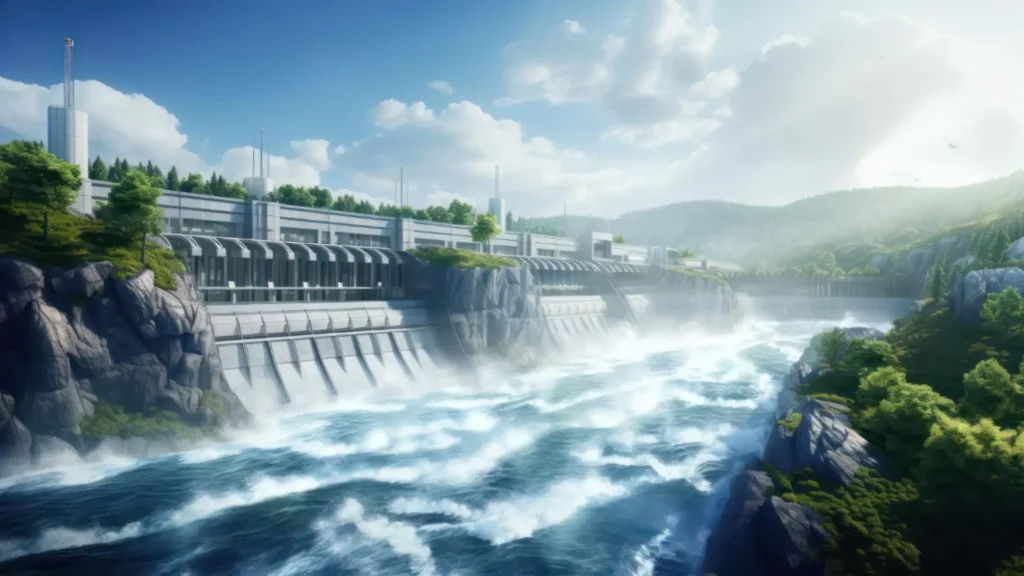Hydro energy, often referred to as hydropower, harnesses the energy of moving water to produce electricity. It's one of the oldest and most consistently used forms of renewable energy.
In this detailed exploration of hydro energy, we will dive into some of the most interesting facts about hydro energy, highlighting its importance, benefits, and potential. This is essential reading for anyone interested in sustainable energy solutions.
What is Hydro Energy?
Before delving into the interesting facts about hydro energy, let's establish a clear understanding of what hydro energy entails.
Hydro energy involves capturing the kinetic energy of flowing water and converting it into mechanical energy, and ultimately into electricity. This is typically achieved through the use of hydroelectric power plants which consist of dams, reservoirs, turbines, and generators.
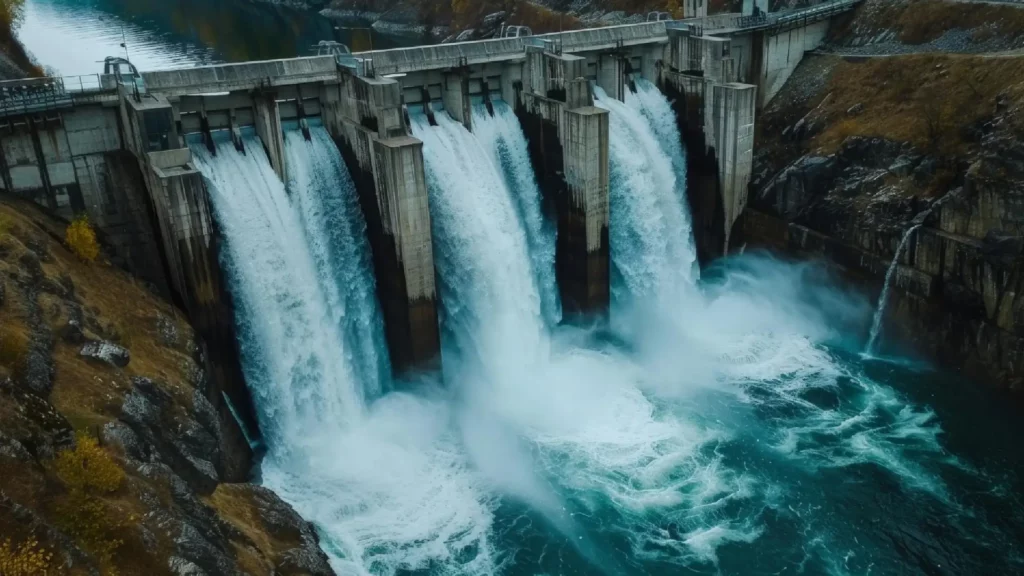
Historical Context: The Origins of Hydro Energy
Hydro energy is far from a modern concept. Its roots can be traced back thousands of years when ancient civilizations used water wheels to grind wheat into flour.
In the late 19th century, hydro energy took a significant leap forward with the development of the first hydroelectric power plant.
Since then, the use of hydro energy has grown exponentially, making it a cornerstone of renewable energy strategies globally.
Key Milestones in Hydro Energy Development
The development of hydro energy has been marked by several pivotal moments that not only demonstrate its potential but also its evolution as a major component of global energy infrastructure. Here's a detailed look at some of the most significant milestones:
1881: The Inception of Hydroelectric Power
The journey of hydroelectric power began in 1881 with the opening of the first hydroelectric power station in the world, known as the Vulcan Street Plant, on the Fox River in Appleton, Wisconsin, USA.
This small but historic power station was spearheaded by H.F. Rogers, who used the Edison system to harness the river's energy, generating enough electricity to light two paper mills and a residence.
Remarkably, this was just two years after Thomas Edison had invented the light bulb, illustrating the rapid advancement in utilizing hydro energy for practical applications.
1936: The Completion of Hoover Dam
Completed in 1936, the Hoover Dam, originally Boulder Dam, revolutionized hydro energy. Standing at 726 feet high and 1,244 feet long, it was the largest concrete structure of its era.
Built during the Great Depression by the U.S. Bureau of Reclamation, it took five years to construct. The dam generated approximately 4 billion kilowatt-hours of electricity annually and provided vital water irrigation, flood control, and a reliable water supply to the southwestern U.S.
Additional Notable Developments
- 1942: The Grand Coulee Dam was completed on the Columbia River in Washington state, USA. Initially built to provide irrigation water and hydroelectric power, during World War II, it also played a crucial role in powering the production of aluminum for aircraft and plutonium for nuclear weapons.
- 1960: The construction of the Kariba Dam, one of the largest hydroelectric dams in the world, was completed on the Zambezi River between Zambia and Zimbabwe.
- Three Gorges Dam in China: As of its completion in 2012, the Three Gorges Dam is the world's largest hydroelectric power station by total capacity, which stands at 22,500 MW. The dam itself is a significant feat of engineering, and it plays a multifaceted role in flood control, river navigation, and energy production.
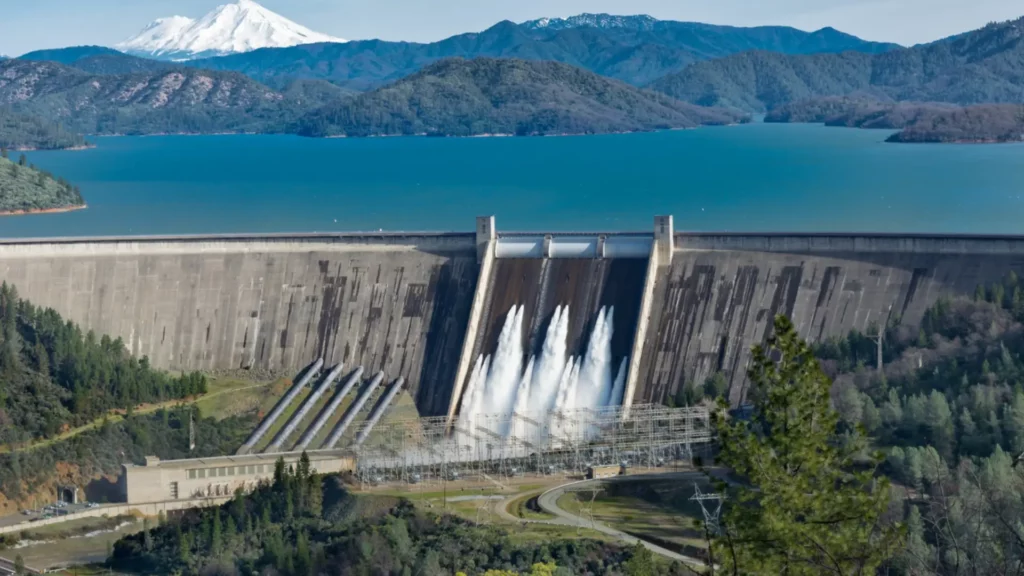
Top Interesting Facts About Hydro Energy
- A Leading Source of Renewable Energy
Hydro energy is the largest source of renewable energy in the world. It accounts for about 16% of the world's total electricity production, making it a critical component in the energy mix of many countries.
- Highly Efficient Energy Conversion
One of the most interesting facts about hydro energy is its efficiency rate. Hydroelectric power plants convert about 90% of the available energy into electricity. This is far more efficient than other sources of energy, including fossil fuels and other renewable resources like solar and wind.
- Low Operating Costs
After the initial investment in infrastructure, hydro energy has remarkably low operating and maintenance costs. This cost-effectiveness is a significant advantage over other forms of power generation.
- Supports Other Renewable Energy Sources
Hydro energy is often used in conjunction with other renewable energy sources to provide a stable energy supply. For example, it can help balance the variability of wind and solar energy, thereby enhancing grid reliability.
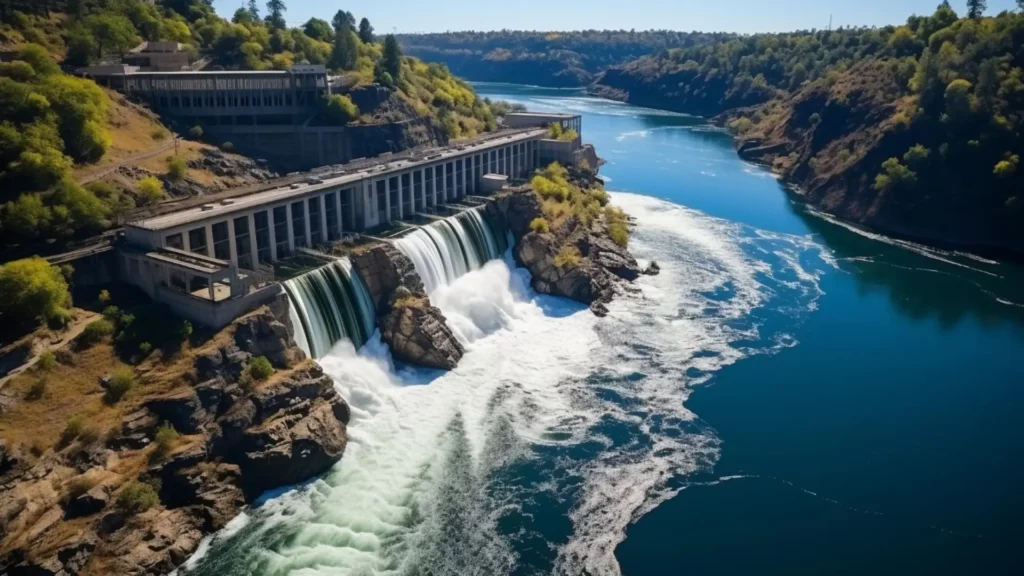
- Reduces Greenhouse Gases
By displacing fossil fuel-based electricity, hydro energy significantly reduces greenhouse gas emissions. This is pivotal in combating climate change and achieving global sustainability goals.
- Water Management Benefits
Dams built for hydroelectric power also provide substantial water management benefits, including flood control, irrigation support, and water supply stabilization.
- Potential in Untapped Resources
Despite its widespread use, a substantial amount of hydro energy potential remains untapped. Developing these resources could significantly increase global renewable energy capacity.
- Technological Innovations
Ongoing technological advancements are making hydro energy more efficient, reliable, and environmentally friendly. For instance, modern turbines are designed to minimize ecological impacts.
- Longevity and Durability
Hydroelectric facilities are designed to operate for decades. Many existing plants have been in operation for over 100 years and continue to function effectively.
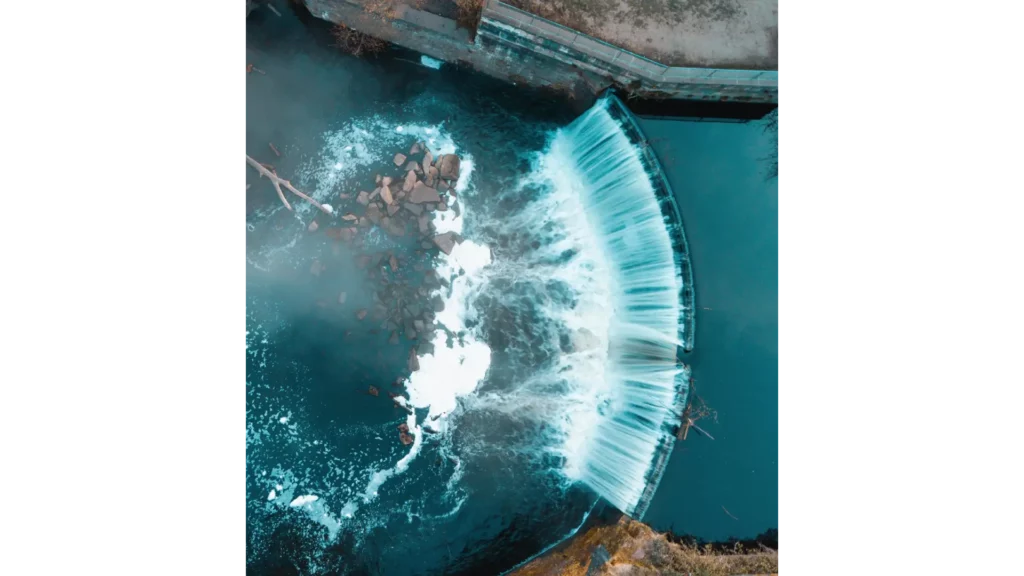
Environmental Impact and Sustainability of Hydro Energy
The impact of hydro energy on the environment and its sustainability practices are critical aspects that must be considered alongside its benefits. Below is a detailed list of environmental considerations associated with hydro energy:
- Disruption of Aquatic Ecosystems: Hydro energy projects, particularly those involving large dams, can alter water temperatures, flow patterns, and sediment transport. These changes can adversely affect aquatic life, including fish populations, by disrupting their natural habitats and migration paths.
- Water Quality Degradation: The stagnant water in reservoirs can experience reduced oxygen levels, which can lead to the deterioration of water quality. This affects not only the aquatic life but also the quality of water available for human consumption and agricultural use.
- Impact on Local Wildlife and Vegetation: The inundation of large areas for reservoirs leads to loss of terrestrial wildlife habitats. This can result in the displacement of animal populations and loss of biodiversity. The flooding can also drown terrestrial plants, affecting the local flora.
- Greenhouse Gas Emissions: Although hydro energy significantly reduces greenhouse gas emissions compared to fossil fuels, the decomposition of organic material in flooded areas can release methane, a potent greenhouse gas. This is particularly relevant in tropical regions.
- Displacement of Communities: The construction of dams often requires the relocation of communities living in the flood zones of a proposed reservoir. This displacement can lead to socio-economic disruptions and loss of cultural heritage.
- Alteration of River Flow and Sediment Transport: Dams can disrupt the natural flow of rivers, which can affect downstream ecosystems and human settlements that rely on regular water flow for agriculture and drinking water.
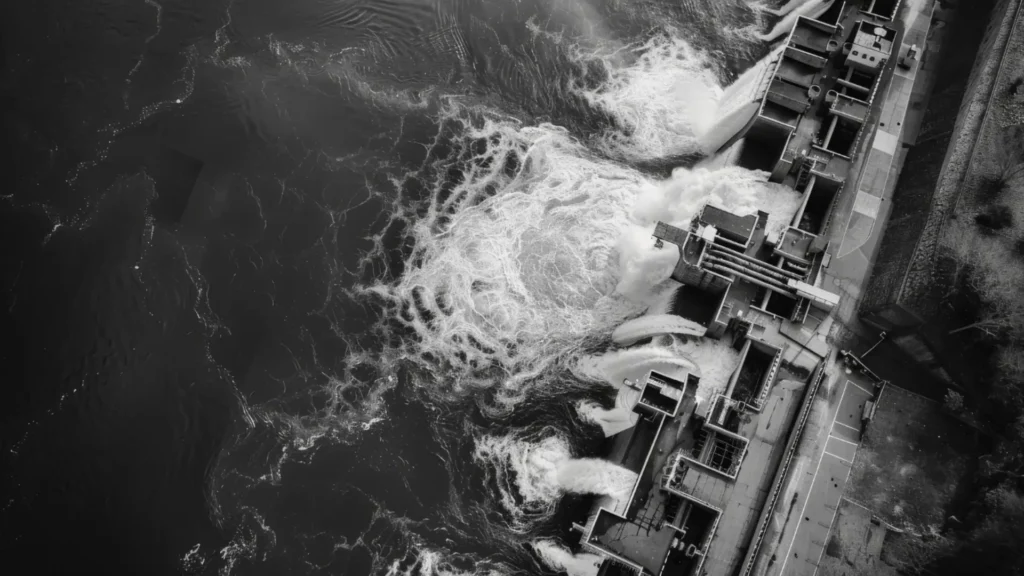
Exploring the Lighter Side: Fun Facts About Hydro Energy
Hydro energy isn't just about technical specifications and global statistics—it also has a lighter, more whimsical side worth exploring. Here are some fun facts about hydro energy that highlight its unique and sometimes surprising aspects:
- Fish-Friendly Turbines
One of the fun facts about hydro energy involves fish! Engineers have developed fish-friendly turbines that allow fish to pass through dams without harm.
This innovation is a big deal in the hydro energy world, demonstrating a commitment to preserving aquatic life while generating energy.
- Hydro Energy in Unexpected Places
Did you know that some of the world's smallest hydro power plants are used in unexpected ways? For instance, there are miniature hydro plants that can power single homes or small communities, sometimes using nothing more than the flow from a small stream or a local water system. These micro-hydro setups prove that hydro energy can be both accessible and adaptable.
- The Oldest Renewable Energy
Hydro energy is considered the oldest form of renewable energy that is still in use today. Water wheels used by ancient civilizations have evolved into the sophisticated hydroelectric power plants we see today, showing that the basic concept of using water to generate energy has stood the test of time.
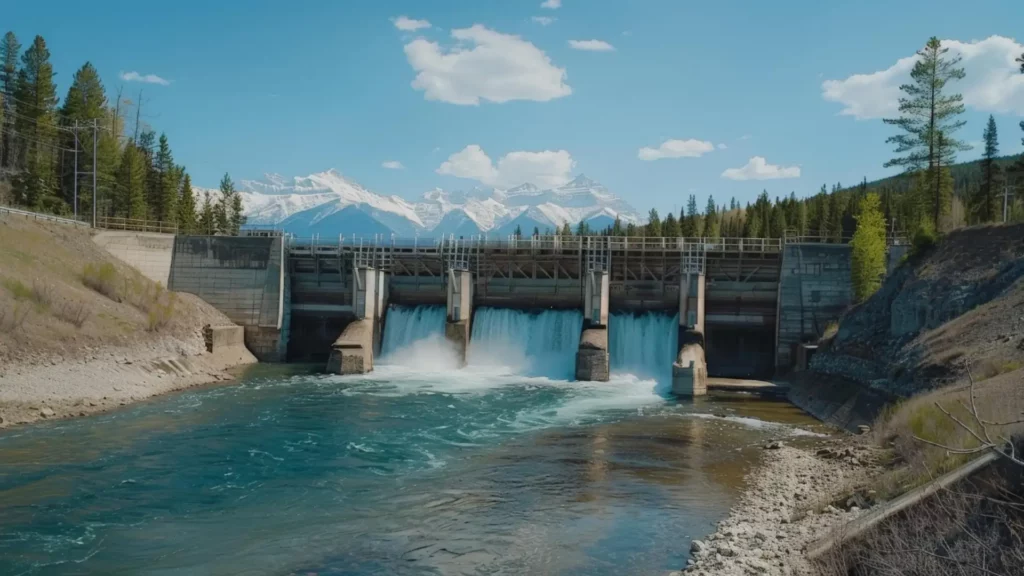
FAQs: Understanding Hydro Energy
What is hydro energy?
Hydro energy, or hydroelectric power, is a form of renewable energy that harnesses the power of moving water to generate electricity. It uses the flow of water through turbines in a dam or river setup to produce energy efficiently and sustainably.
How does a hydroelectric power plant work?
A hydroelectric power plant works by diverting water from a river into a reservoir or through a dam. The water then flows through a turbine, spinning it, which in turn activates a generator to produce electricity. The electricity is then transmitted through power lines to homes and businesses.
What are the main types of hydroelectric power systems?
There are three primary types of hydroelectric systems:
- Impoundment: This is the most common type and involves storing river water behind a dam and releasing it to control water flow and electricity production.
- Diversion (Run-of-River): This method channels part of a river through a canal or penstock and may not require a dam.
- Pumped-Storage: This system stores energy by pumping water uphill to a reservoir at higher elevation from a lower reservoir and releasing it to generate electricity when demand is high.
Is hydro energy expensive to implement?
The initial cost of building a hydroelectric power plant can be high, mainly due to construction, environmental, and regulatory costs. However, the operating costs are relatively low compared to other forms of energy generation, making it cost-effective over the long term.
Can hydro energy be used in small-scale applications?
Yes, hydro energy can be scaled down to suit small communities or individual homes, particularly using micro-hydro or small hydro systems. These systems are especially useful in remote areas where larger grid connections are not feasible.
What are the advantages of hydro energy?
Hydro energy offers several advantages, including:
- High efficiency with about 90% energy conversion rates.
- Low operational costs after the initial infrastructure is built.
- Production of clean energy with no direct emissions of pollutants or greenhouse gases.
- Capability of quick start-up and adjustment to the electricity grid, which is beneficial for balancing market demands.
What are the environmental impacts of hydro energy?
While hydro energy is a clean source of power, its environmental impacts can include changes in reservoir and stream water quality, disruption of local ecosystems, and displacement of communities. Modern hydro projects often include measures to mitigate these impacts, such as fish ladders, improved turbine technology, and ecological restoration projects.
How long can a hydroelectric plant last?
A hydroelectric plant is designed for a long operational life. Many plants operate for 50 to 100 years or more with proper maintenance and upgrades. The durability of hydro plants contributes to their appeal as a long-term energy solution.
Is hydro energy reliable?
Hydro energy is one of the most reliable forms of renewable energy. The flow of water can be controlled through dam gates, allowing for consistent and predictable electricity generation that can adjust to meet demand fluctuations.
How does hydro energy compare to other renewable sources like wind or solar?
Hydro energy is more consistent than wind and solar because it can generate electricity at any time, not just when the sun is shining or the wind is blowing. It also has a higher efficiency and can be stored more easily (through pumped storage) to meet peak demand. However, like all energy sources, it works best as part of a diversified energy grid that uses multiple renewable sources.
Conclusion
The interesting facts about hydro energy outlined in this article underscore its pivotal role in today's energy landscape. As we continue to face global challenges like climate change and energy security, hydroenergy stands out as a reliable, efficient, and sustainable solution.
Its benefits extend far beyond electricity generation, supporting economic growth, enhancing water resource management, and contributing to environmental sustainability.

